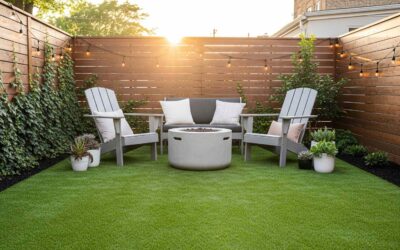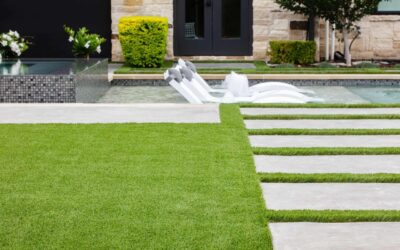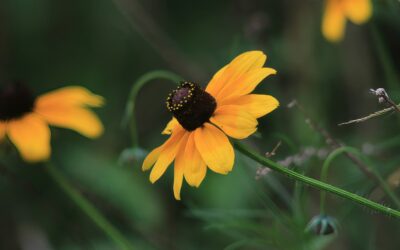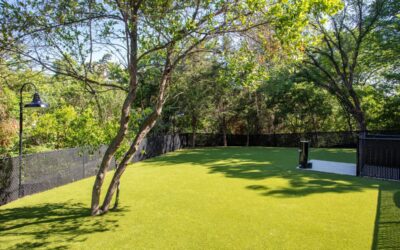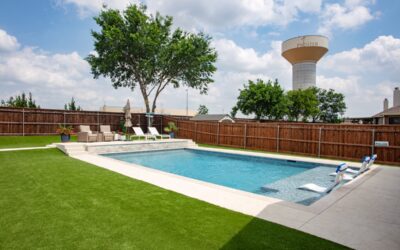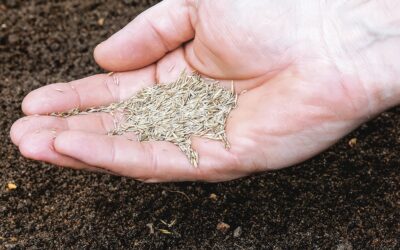If you’ve decided to install artificial grass, you’ve made a smart investment decision that will produce fine returns in the years ahead. But if someone told you that it’s maintenance-free, they’re having you on.
Artificial turf areas WILL stay looking immaculate with next to no effort but every homeowner must occasionally venture out to the yard and practice a little TLC with their artificial lawn, play area, dog run or putting green.
Many of the “big ticket” items that take time and money with real grass are eliminated. There’s no mowing, trimming, reseeding, fertilizing or aerating required. You’re also done with grass stains on clothing and bald patches on your lawn.
But a little basic maintenance is required to keep it looking and feeling good — even if it’s only used lightly. High-use areas or spaces surrounded by construction sites or natural vegetation will need a little more effort.
So, what’s the best way to maintain artificial grass in the Dallas-Fort Worth area? These nine practical tips go a long way to making your backyard the envy of the neighborhood:
Let’s get right into the tips…

Clear debris and dirt away regularly
The most basic step to maintaining artificial grass is to keep an eye out for debris and dirt. Leaves, twigs and soil on your grass area should be quite obvious. Remove it as often as you can — especially after high winds, storms or in the fall (the fall season may be shorter in Dallas than in other areas of the country but leaves do still fall off the trees!).
If other debris accumulates, such as leftovers from a family barbecue, this needs to be collected and removed as soon as possible too. Not only does it look bad; dirt and debris can obstruct good drainage because it blocks the tiny holes for drainage on the underside of the grass:

If dirt and debris are allowed to accumulate, they also create the conditions for bacteria to thrive — and that’s not what you want if you expect your artificial grass to last 20 years.
Practical tips:
Pick up by hand or brush away debris once a week during the fall and as needed at other times of the year. A leaf blower may also be used. Trim overhanging trees to reduce the amount of debris or leaf litter too.
Deal promptly with everyday stains
If you use your artificial grass spaces regularly for family get-togethers, entertaining or as a kids’ play area, light stains on your lawn will probably be part of life.
Most everyday stains can be removed quite easily — if you act promptly.
Practical tips
Remove everyday stains like tea and wine by blotting them up with a paper towel and cleaning them with hot water, soap, a bucket and a sponge. Then rinse the area with plain water. Kitty litter is another good “blotter” of unwanted liquids.
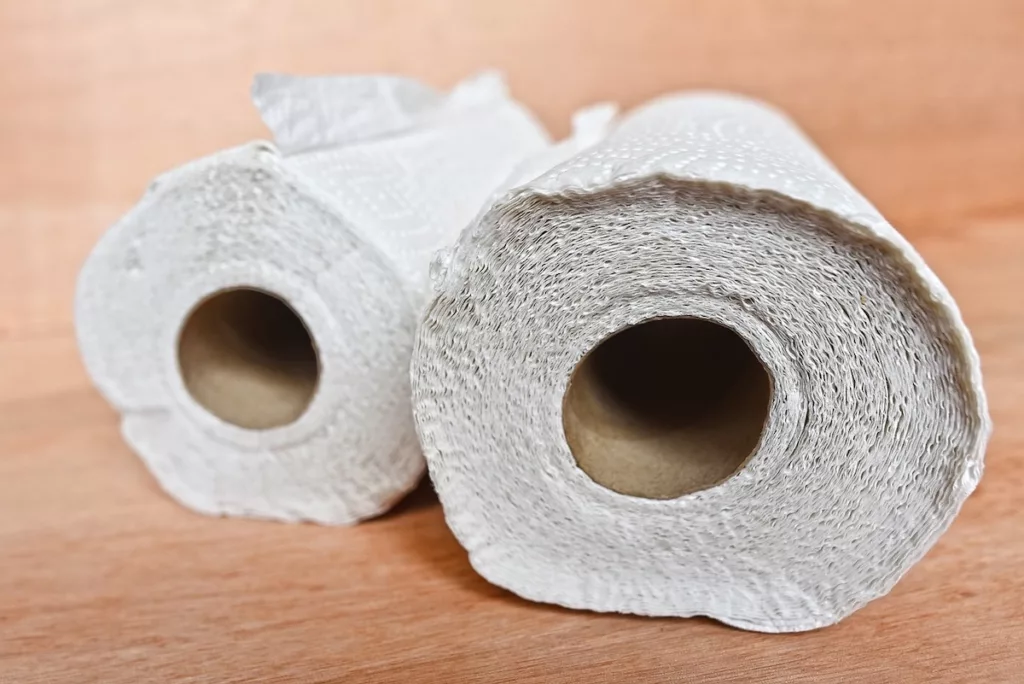
More stubborn stains such as oil and crayon can be removed with a solution of ammonia in water. Then rinse thoroughly with clean water. Mineral spirits may also be used but it’s best to stick to safe, eco-friendly cleaning products to prevent damage (if unsure, test a small patch of grass first).
Seek professional help with stubborn sticky stains
If stubborn stains stick to your synthetic turf and refuse to budge, you can’t remove them by mowing the lawn so what do you do?
Substances like tree sap and chewing gum may need to be frozen using dry ice or aerosol refrigerants and then scraped off the grass. This requires the next level of “zapping” and is not something that most homeowners can try.
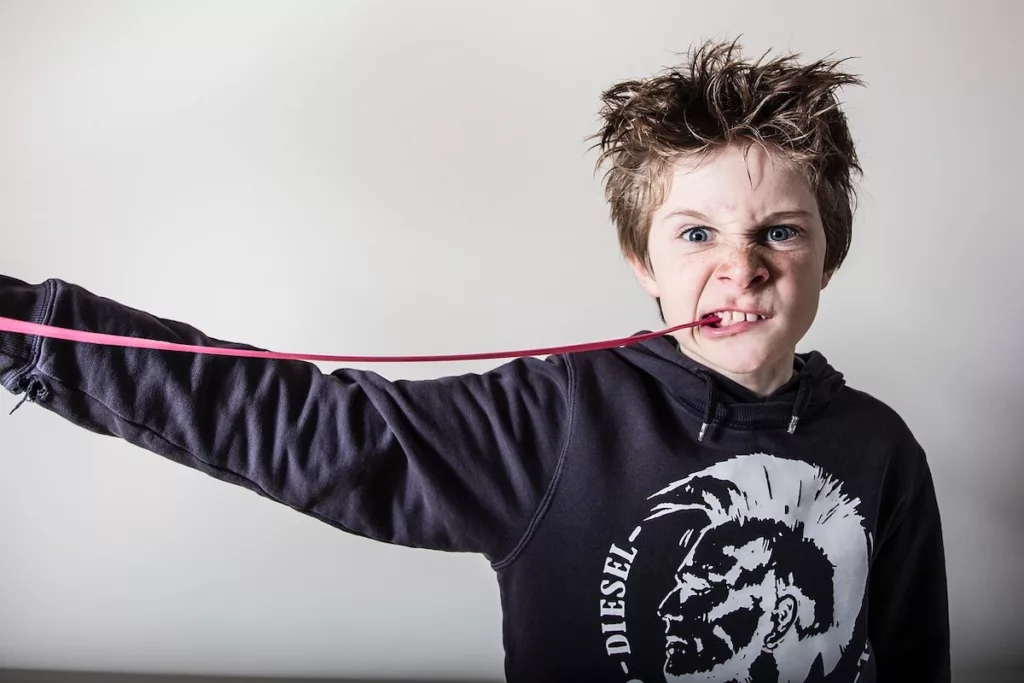
Practical tip
If you’re located in the Dallas-Fort Worth area and need professional assistance to deal with an extra-stubborn stain or sticky substance, call DFW Turf Solutions at 940.365.9165 for help.
Deal with pet waste promptly
If you have dogs or other pets, artificial grass can still be a great solution — and dogs can even pee on artificial grass without too many issues. However, you’ll need to be more vigilant and work just a little harder to keep your lawn area or dog run hygienic and looking pristine.
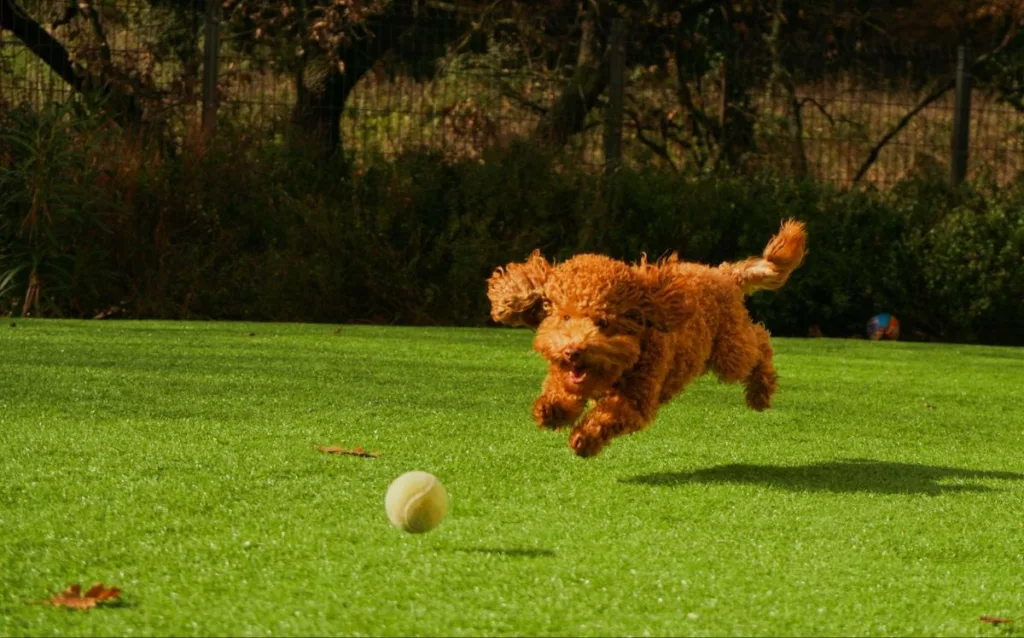
Dallas and Fort Worth have periods where there’s no regular rainfall to help remove dog waste naturally — so homeowners need to give nature a hand. Remove solid waste by tissue or scoop in the normal way and give your artificial turf an occasional rinse down (see next tip).
Practical tip
Make sure if you have pets that your artificial grass installation includes antimicrobial infill, which helps to keep the area hygienic and odor-free. Also, do NOT include a weed barrier as this will trap odors.
At DFW Turf Solutions, all our installations are tailored to make life easier for pet owners.
Rinse down artificial grass periodically
Synthetic grass uses just one-tenth of the water needed to keep real grass healthy. In the Dallas-Fort Worth area, that’s a big deal with the latest water restrictions in operation. It’s often a big factor in convincing homeowners here to make the switch to artificial turf.
Unlike real grass, artificial grass can survive with no water but if you want to keep it looking its best, you need to clean artificial grass by removing fine debris, dust, pollutants, pollen, seeds and so on. This can attract unwanted insects and weeds and impact the overall health of your synthetic lawn.
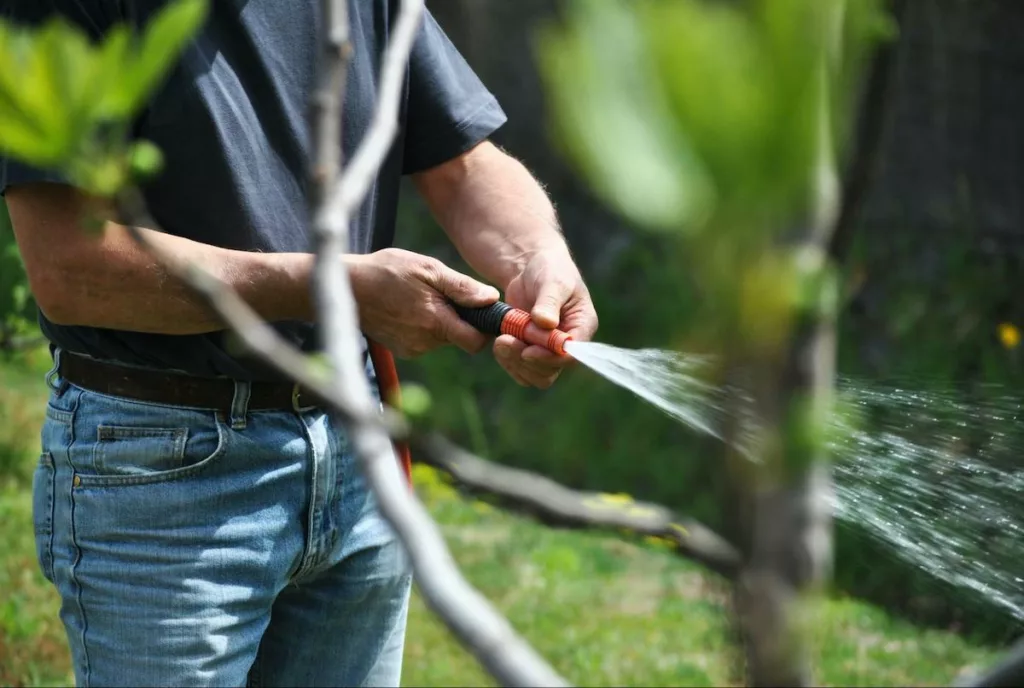
Practical tip
Rinse your artificial grass area with a garden hose from time to time to keep it looking immaculate.
Implement a seasonal care plan
You already know that, during the fall, unwanted leaves can drift or be blown onto your artificial grass area — but what about other seasonal care?
In the summer, if you and your family spend more time out in the yard, entertaining, around the swimming pool, etc. it’s important to pay extra attention to your artificial grass. High-traffic backyard areas often need more care than a lightly used front yard lawn area.
In winter, we don’t usually need to worry about snow and ice here in Dallas. Frost will not harm your artificial grass at all.
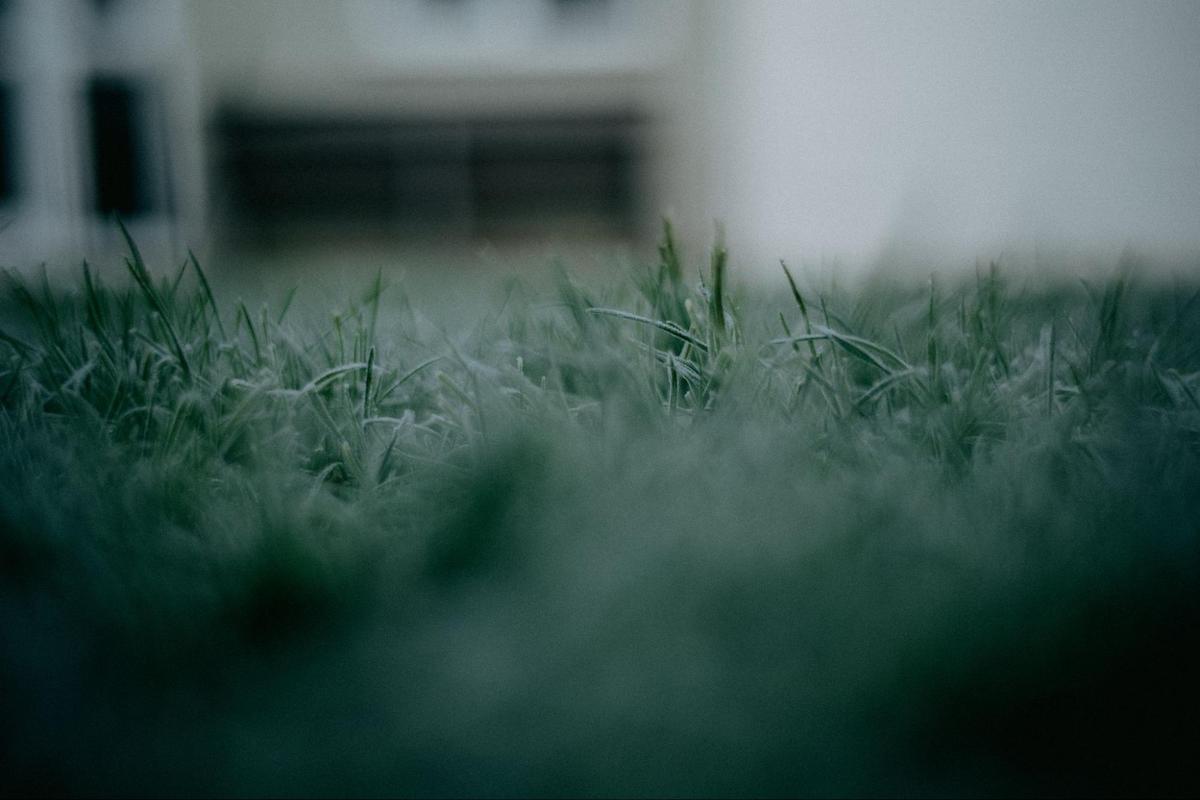
Practical tip
Write down a seasonal care plan for your artificial grass and stick to it. Committing something to writing makes it more likely that you’ll take the necessary action.
Cross-brush your grass
Cross-brushing is the process of brushing your artificial grass against the direction of the blades. This prevents the blades from becoming matted and perks up flattened grass to maintain its cushioned and inviting appearance and to aid longevity.
Heavy-use areas will require frequent brushing to keep them looking pristine while light-traffic spaces just need an occasional brush down.

Practical tip
Cross-brush artificial grass once a month, if possible, in high-use areas. Use a brush with medium-strength plastic or natural fiber bristles — not metal.
Quickly remove weeds
If you’ve been told that weeds can’t grow on artificial grass, you’ve been misinformed.
Weeds are much rarer than with real grass but they can grow in the infill on top of your grass or even occasionally pop through from underneath — especially if no weed barrier has been fitted (weed barriers are not recommended if you have dogs).
The film backing on artificial turf discourages the growth of anything underneath it but we all know that weeds are resilient and never give up.
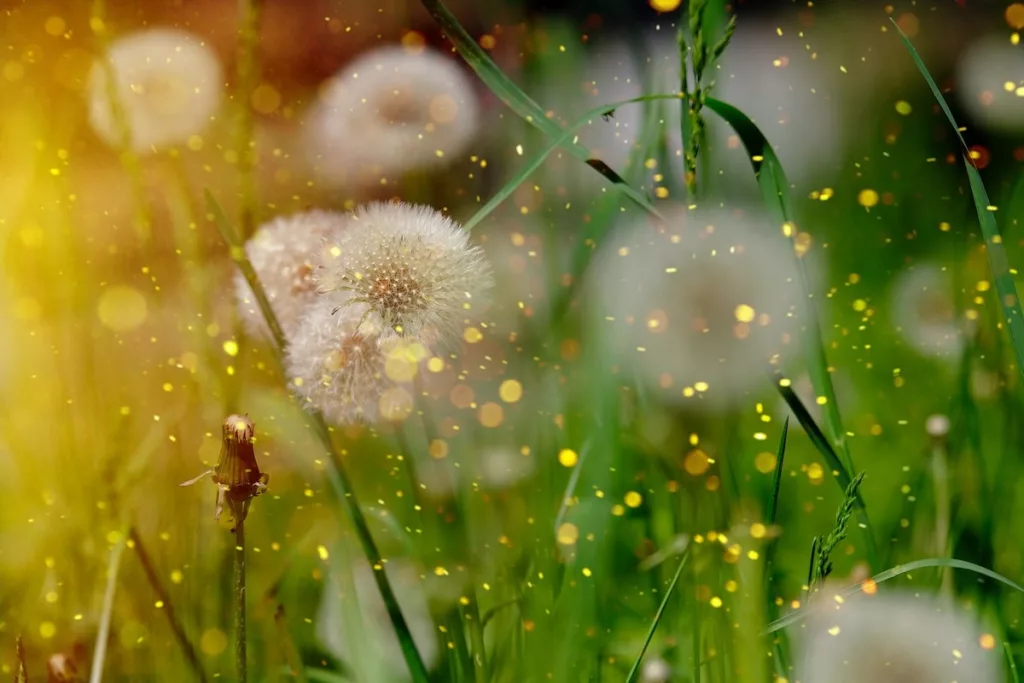
The good news is that most weeds in artificial grass are simple to remove.
Practical tip
If you can remove the surface weeds gently by hand, this is the best solution. But don’t damage your grass by overdoing it and if in doubt, spray a natural water or vinegar-based weedkiller from time to time.
Repair small rips and tears promptly
Small rips and tears in artificial grass are not usually major problems — especially if you install high-quality synthetic turf — but low-quality grass and high activity levels are a poor mix.
Heavy sports usage or boisterous dogs running around will soon attack any weaknesses in your grass area.
Practical tip
Call the professionals at DFW Turf Solutions (940.365.9165) for advice about repairing a rip or tear. Small rips can develop into larger problems — and higher costs — if you leave them.
FAQs
What should you do immediately after installing artificial grass?
Just after the synthetic grass is installed, excess sand will sit on the surface of the turf. This is the silica infill that helps your grass look natural and inviting.
You can simply use a broom to sweep the sand across the synthetic grass so that it is spread evenly.
What tools are needed to maintain artificial grass?
Every homeowner with artificial grass should consider keeping the following tools in the shed to maintain its pristine appearance:
- A lightweight plastic or bamboo rake with curved tines
- A brush or broom with plastic or natural fiber bristles
- A standard garden hose
- A leaf blower (optional)
Apart from the leaf blower, the above tools should be readily available at minimal expense in your local hardware store.
Can I use a metal rake on artificial grass?
No, don’t use brushes or rakes with metal bristles or tines as these can damage your lawn.
Can I use bleach on artificial grass?
No, never use harsh chemicals like bleach to remove stains. If in doubt, check with the manufacturer or seek professional advice but most stains can be removed with soapy water.
How to maintain artificial grass with dogs?
As well as removing solid dog waste in the normal way and rinsing it down a little more frequently (tip four) you might want to consider using a dedicated cleaner and deodorizer for artificial turf. Choose natural products that won’t harm uninquisitive dogs.
Will sharp or hot objects damage artificial grass?
Glass and other sharp objects, cigarettes and fireworks should all be kept away from your artificial grass. Rips, tears and burn marks are not a good look. To avoid other issues, it’s a good idea to ban chewing gum in your artificial grass areas too.
Maintain and protect your investment…
If you choose to switch from real grass, you’ll need to meet the higher upfront costs of artificial grass. But it’s a sound long-term investment both economically and for water conservation and the environment.
Protecting your investment takes a little work — though nothing like as much as real grass. Being vigilant, clearing debris, removing stains, cross-brushing and occasionally rinsing it down goes a long way to helping your artificial turf maintain its pristine appearance.The DFW Turf Solutions team has been installing high-quality artificial turf in Dallas-Fort Worth since 2014. Reach out to our helpful team by calling 940.365.9165 and we’ll be happy to provide a quote.

